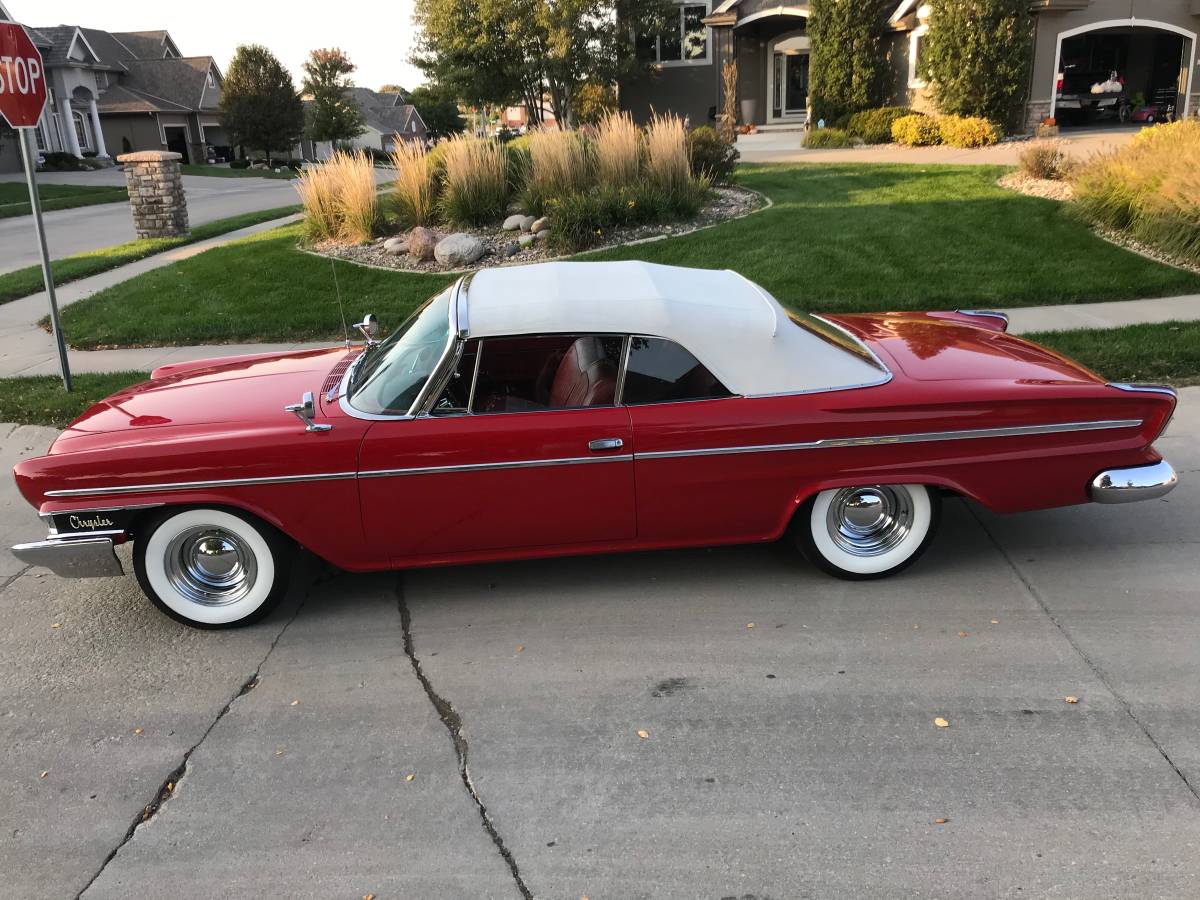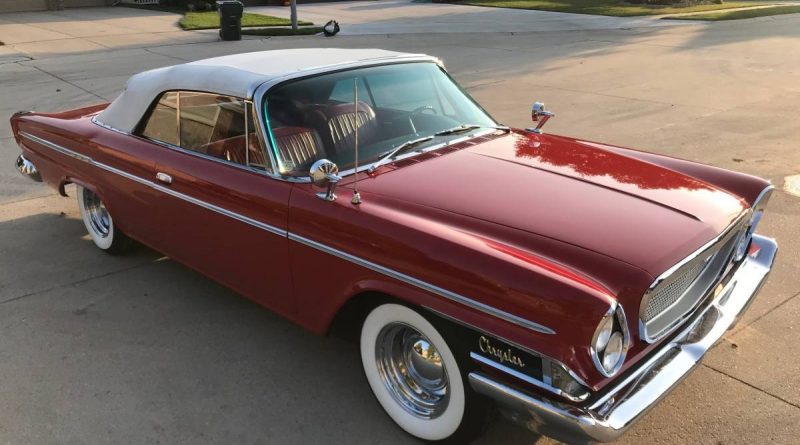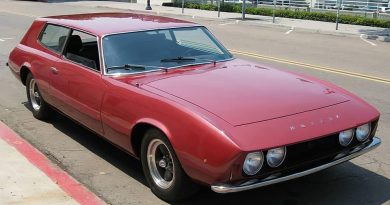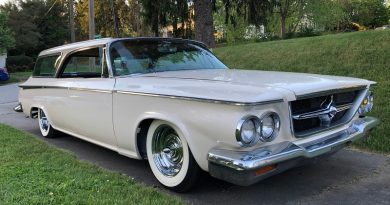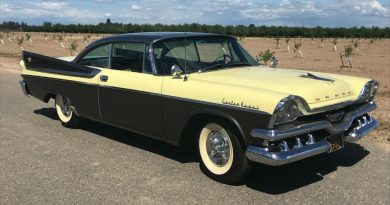1962 Chrysler Newport Convertible
The Newport was a name used by Chrysler for both a hardtop body designation and also for its lowest priced model between 1961 and 1981. Chrysler first used the Newport name on a 1940 show car, of which five vehicles were produced. The Newport continued the tradition of a large, comfortable luxurious coupe and sedan, while offering a modestly priced product in comparison to the Chrysler New Yorker and Chrysler Imperial. The Newport gradually replaced the Chrysler Windsor which originally replaced the Chrysler Royal. The Newport was initially the brand name for the Windsor with a hardtop body style, then was used for coupes, sedans and station wagons in later decades.

After having totally revitalized auto styling for Chrysler Corporation throughout the 1950s with his fresh and modern “Forward Look” styling direction, the early 1960s were much more of a challenge for famed designer Virgil Exner. Tail fins were falling from grace with buyers, and a major downsizing took place with smaller, more fuel-efficient cars in high demand in the wake of the 1956 Suez Crisis and late-1950s recession. Buyers gravitated to less trendy styling and began to resist annual model-year styling changes, too. In response, “Ex,” as Exner was widely known, was tasked by Chrysler president Lynn Townsend to revise his 1961 Chrysler designs once again for ’62, which now rode a 4-inch shorter, but still generous, 122-inch wheelbase chassis. Trendy canted headlamps and a bold trapezoidal grille were carried over from ’61, while rear fenders were rounded off for a more modern look. These 1962 models would be Exner’s last for Chrysler and turned around the poor sales for ’61.
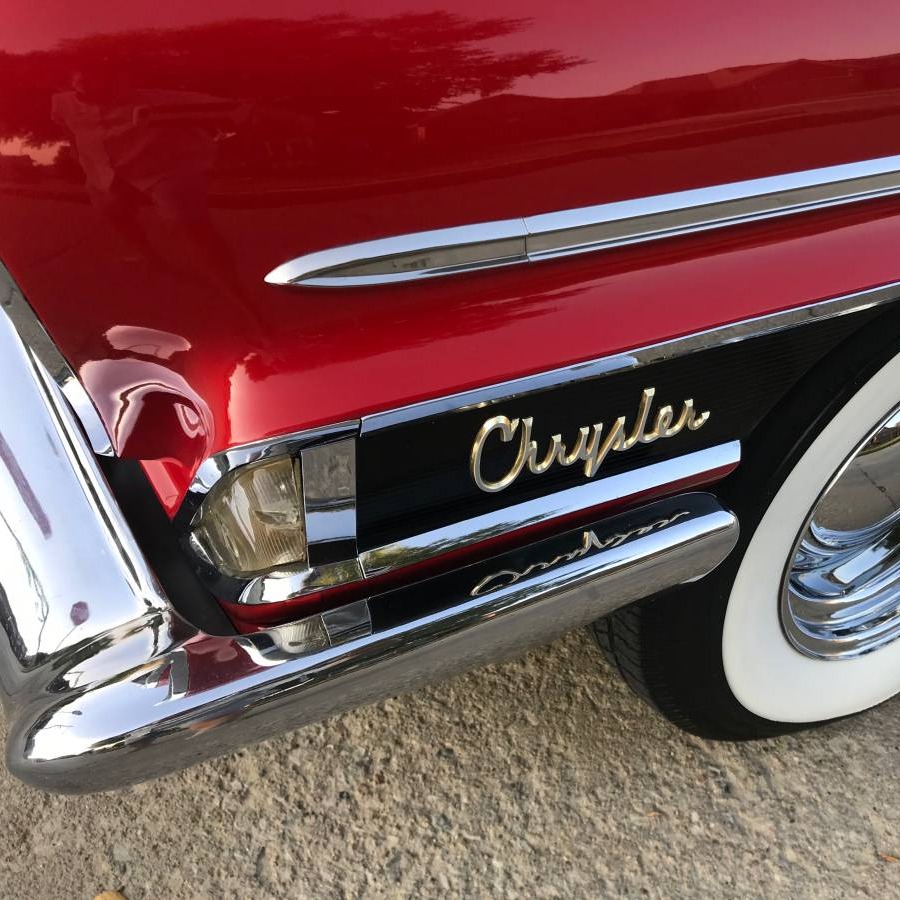
While the 300 G and H “Letter Cars” led Chrysler’s performance charge with new 413ci powerplants and exotic twin-carb intake systems for ’61 and ’62 respectively, you could still get much of the experience with the other Chrysler models, including the Newport. Powered by a beefy 361co mill producing 265 rated horsepower, these cars were strong performers capable of 0-60 acceleration under 9 seconds and a top end nudging 120 mph – solid numbers for a big, full-size car with plenty of passenger comfort to match.


Even Chrysler’s similar 300 “Letter Cars” of the era have drifted downward a bit in recent years, despite their awesome power and heritage. So, if you’re looking for an uncommon American convertible with interesting styling, plenty of power, and a decided early-‘60s “groove factor,” this car looks like a sound buy with all the hard work already done for you!

